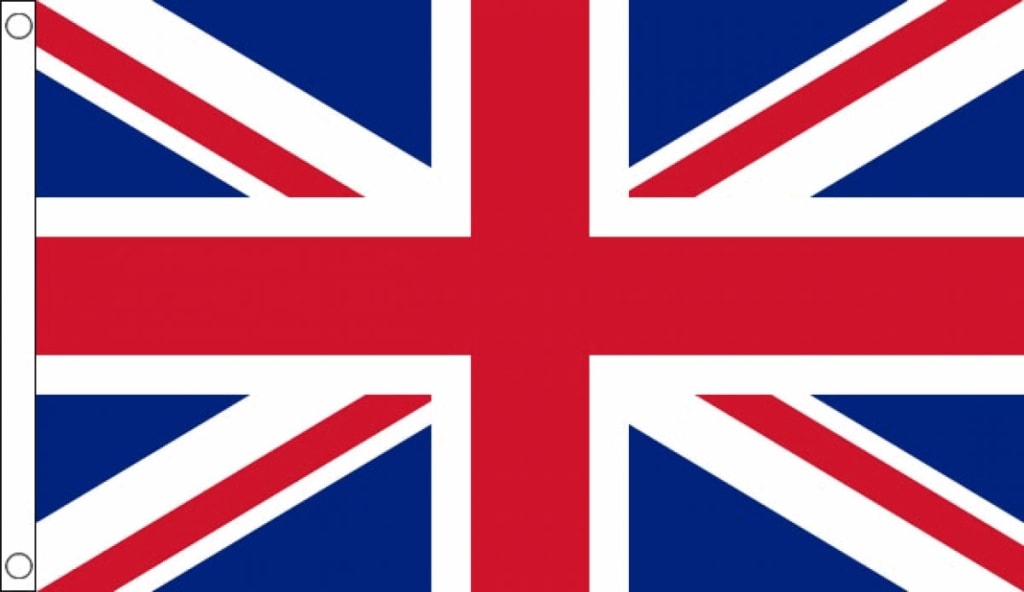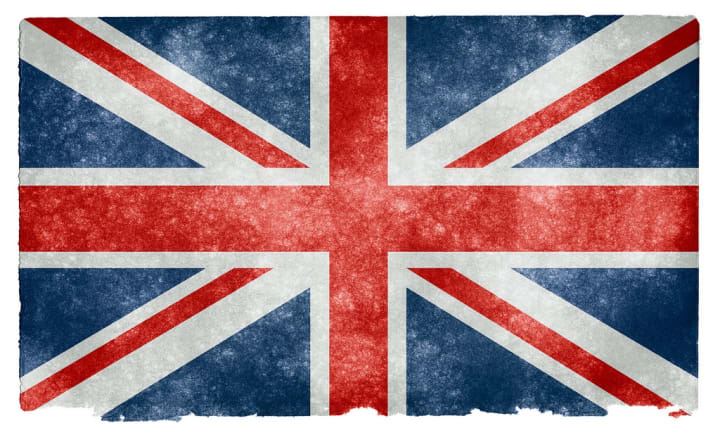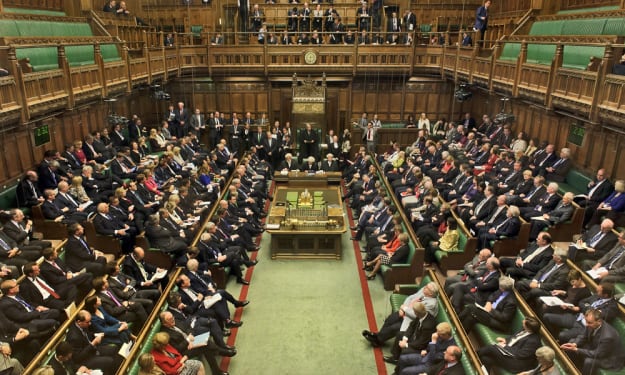Flying the flag
It's important to ensure that it's the right way up!

It amazes me just how often people who display the Union Flag of the United Kingdom do so by flying it upside down!
There is more here than meets the eye at first glance
Although the flag that is generally known as the Union Jack may look symmetrical, it is not. If you turn it over, by either the vertical or horizontal axis, it will not look the same.
This becomes apparent when you look at the ‘X’ cross on the flag. This consists of a broad white stripe with a narrow red stripe inside it. However, the red stripe is not positioned centrally within the white stripe, but to one side. This means that in each of the four quadrants of the flag the white stripe is broader on one side of the red stripe than on the other.
Another interesting feature of the red ‘X’ is that it does not cross the centre of the flag as a continuous line. If you trace the stripe across the flag it looks as though it hops to one side behind the central vertical/horizontal cross, so that it emerges on the other side in a different position vis-à-vis the white stripe.
These subtleties are what makes it possible to fly the flag upside down.

The rule is that, in the top left-hand quadrant, the portion of the white stripe above the red stripe must be broader than the portion below the red stripe, on the ‘hoist’ side of the flag. This needs a word of explanation.
Hoist and fly
Flags are made for flying from flagpoles. They therefore have toggles on one side that enables them to be attached to ropes so that they can be hauled up and down. The toggles are normally on either end of a length of cord that is covered by a piece of canvas running up one edge of the flag. This canvas therefore makes it obvious that this is the ‘hoist’ side of the flag. Not surprisingly, the other side, the one that flaps in the breeze, is known as the ‘fly’.
Flags are often displayed on paper or other media without any indication of toggles or cords being present. However, the general convention is that they are shown with the hoist to the left and the fly to the right. It is still therefore possible to state that a flag is upside down even if it is not being shown ‘in flight’.
Your flag is upside down!
What all this means is that it is easy to tell if a Union Jack is upside down. If, in the top left-hand quadrant, the upper white portion is narrower than the lower one, then the flag is upside down. The same is true of flags on which someone has written a team name (for example) across the middle – if the name is readable, the hoist must be to the left, and if the broad and narrow parts of the white stripe are in the wrong places, then the flag is upside down.
Does it matter?
To pedants like me, it certainly does! There is a convention that the Union Flag flown upside down is a signal of distress. However, if my ship was sinking I think I might try a less subtle means of calling for help!
Do other national flags have the same problem?
National flags seem to fall into three categories in this respect. There are some that would never be flown upside down because it would be blatantly obvious from the outset – those of the USA and Australia, for example.
Then there are those that are horizontally symmetrical and it makes no difference which way up they are flown – the flags of Japan and France come to mind here.
However, there is also a category where it makes (almost literally) all the difference in the world. If you fly the flag of Poland upside down you get the flag of Indonesia!
About the Creator
John Welford
I am a retired librarian, having spent most of my career in academic and industrial libraries.
I write on a number of subjects and also write stories as a member of the "Hinckley Scribblers".






Comments
There are no comments for this story
Be the first to respond and start the conversation.